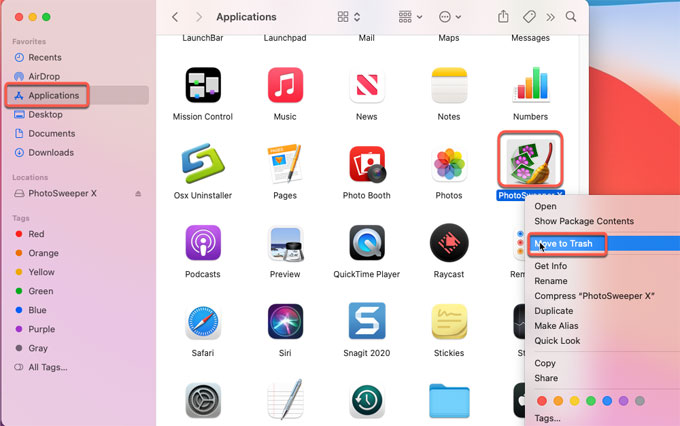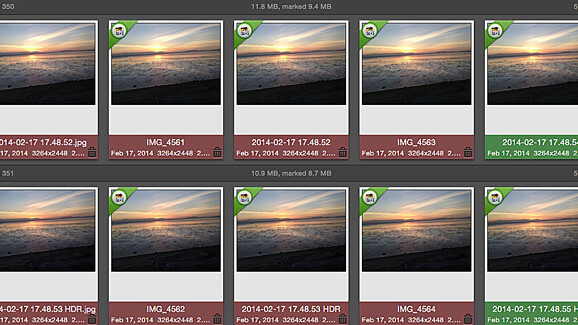At a Glance
Photosweeper for Macs. PhotoSweeper is a fast, precise & super efficient tool to eliminate similar or duplicate photos in any size photo collections. It works with photos from Apple Photos, iPhoto, Aperture, PhaseOne Capture One and Adobe Lightroom libraries as well as photos from your hard drives and external storages. #4 PhotoSweeper. Compatibility: macOS 10.12.2 or later. Latest version: 3.7.0, released on. Here's another dedicated duplicate photo finder for Mac. PhotoSweeper's interface may be a bit overwhelming for beginners. As users get familiar with this app, they may find it actually informative. Download this app from Microsoft Store for Windows 10 Mobile, Windows Phone 8.1. See screenshots, read the latest customer reviews, and compare ratings for Photo Sweep.
Expert’s Rating


Cons
Our Verdict
Editor’s note: The following review is part of Macworld’sGemFest 2012 series. Every weekday from mid June through mid August, the Macworld staff will use the Mac Gems blog to briefly cover a favorite free or low-cost program. Visit the Mac Gems homepage for a list of past Mac Gems.
PhotoSweeper (Mac App Store link) is a handy utility for quickly organizing photos on your Mac. The app aims to help trim down your photo library by analyzing your photos and finding duplicate and similar images.
Here’s how it works: Drag and drop single images or entire folders of images into the app (you can add images from almost any location on your computer—iPhoto, Apperture, Lightroom, and even external devices), and then specify how you want to compare these images. PhotoSweeper quickly analyzes them to find similar and duplicate images, which are grouped together. From there, you can move, delete, or rename your images.
There are six different options available for comparing your photos, depending on how closely you want to look at them. You can compare by Bitmap, Histogram, Time Interval, Time and Bitmap (which is the default search setting), Time and Histogram, or Duplicates, which will find only exact duplicates.
The ability to choose exactly how you want to compare your photos is a crucial part of what makes PhotoSweeper such a useful and effective utility—you can ensure that you are going through your photos with as much precision as you want.
For example, I can choose to be less specific and compare by Time and Bitmap with my vacation photos where I may have five or six similar photos of the same thing when, in reality, I only need one. But if I am sorting through a large group of photos that may have many similar images—like from a photoshoot—I can choose to find only the exact duplicates. This is also a useful feaure if you have photos stored in multiple locations and programs.

Depending on the method you choose, you can specify additional search details, like color mode, bitmap size, and time interval. A slider at the bottom controls whether you want to find photos that match partially, exactly, or somewhere in between.
After you choose the settings you want, click compare and PhotoSweeper will begin to analyze all of the selected photos. I was impressed at how quickly the app analyzes images—I compared more than a gigabyte of images and the whole process took about 20 seconds.
When the analysis is complete, similar or duplicate images are grouped together. Select extraneous or unwanted photos and drag them to the Box. Once the photos are in the Box you can choose to move them to the trash, move and rename them, or copy and rename them.
[Karissa Bell is a San Francisco-based freelance writer. Follow her on Twitter.]
Want to stay up to date with the latest Gems? Sign up for the Mac Gems newsletter for a weekly email summary of Gems reviews sent directly to your Inbox. You can also follow Mac Gems on Twitter.
Clean out Your Duplicate Images
PhotoSweeper works with Aperture, iPhoto, and Adobe Lightroom libraries and image folders to find duplicates and look-alikes based on time interval or by comparing histograms or pixels.
You start the process by having the app create a catalog of your images—I used my collection of more than 6,500. (Note that you can save the catalog for later use.) After cataloging, decide which algorithm you want to use. Duplicates will find only exact duplicates on a byte-per-byte basis. Other methods, which resemble more or less the way you'd compare your photos, introduce some form of fuzziness.
I decided to go with the default setting, which is Time + Bitmap, where the interval between photos is taken into account, in addition to a visual similarity. If you want, you can change the bitmap size, the interval, RGB sensitivity, and other parameters to fine-tune the process, but the default settings gave me excellent results. When you're finished with the settings, click the Compare button. It took less than 10 minutes to compare my 6,500+ photos (using an iMac mid-2011 i5/16 GB).

After comparing the photos, PhotoSweeper marks the images it has identified as duplicates or look-alikes. You can then look at those images (grouped together in what the app thinks are a series of look-alikes) in the large thumbnail view, where you can uncheck any, if necessary. In my test, PhotoSweeper interpreted what 'look-alike' means correctly about 95% of the time.
When you're finished going through all the marked and unmarked images, and making any changes, you can still restore them (in case you removed any accidentally) by clicking on the Trash icon to see which photos will be thrown out the window.
Company: Gwinno Software Inc.
Price: $9.99
Web:www.photosweeper.com
Rating: 5
Hot: Simplicity; accurate pattern-recognition algorithm; fine-tuning
Not:
Photosweeper Tutorial
The Photographer’s Lighting Handbook: Reflectance
Photosweeper App
Small Flash: Drama Lives in the Shadows
Photosweeper Manual
Related Posts
